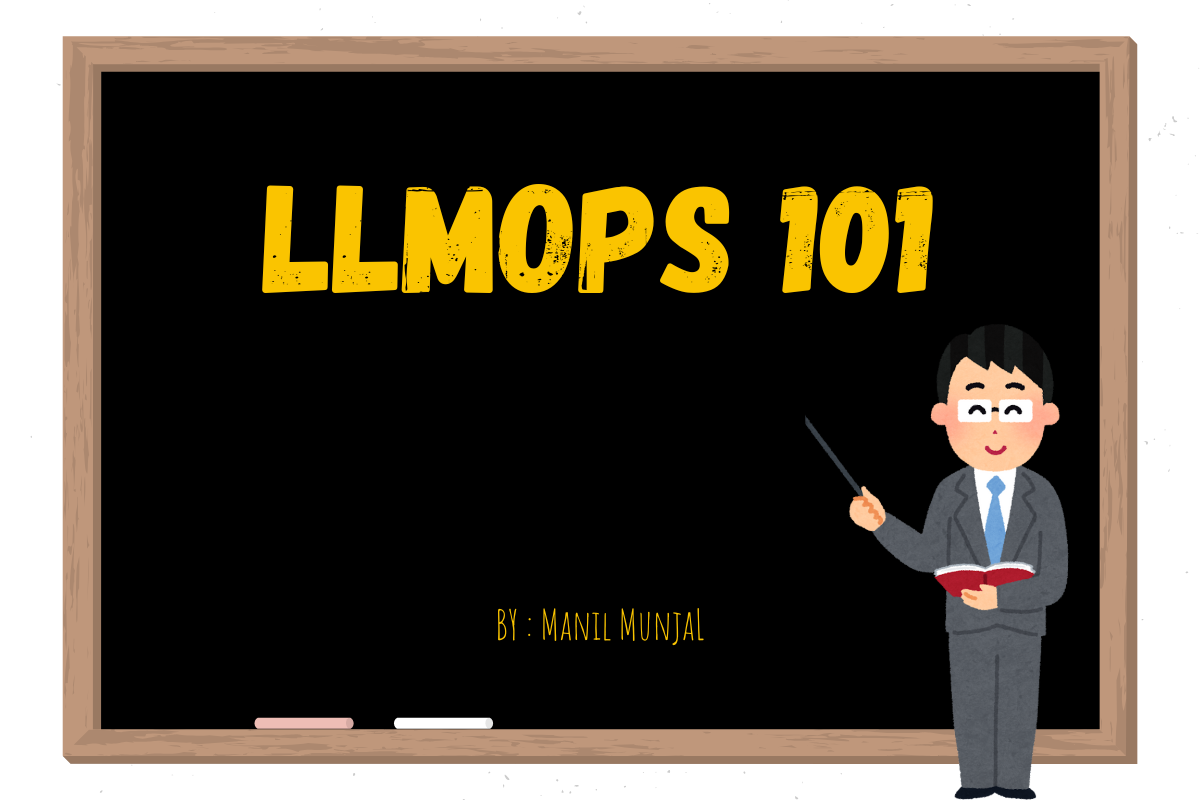The significance of Parameter-Efficient Fine-Tuning (PEFT) with LoRa and QLoRa
Today, we navigate deeper into the dynamic field of generative AI, the significance of Parameter-Efficient Fine-Tuning (PEFT) becomes increasingly apparent. PEFT represents a pivotal strategy in optimizing the adaptation of Large Language Models (LLMs) to meet specific task requirements. This approach is driven by the need to enhance model efficiency, improve computational speed, and maintain or even enhance performance metrics.
In this article, we embark on an exploration of PEFT methodologies, aiming to elucidate their underlying mechanisms and transformative impact. PEFT methods offer a nuanced understanding of how to tailor LLMs effectively, balancing between model complexity and task-specific demands. By uncovering the advantages and potential drawbacks of PEFT, we gain insight into its practical applications and strategic implications within generative AI.
Central to this exploration are two distinctive techniques: Low-Rank Adaptation (LoRA) and Quantized Low-Rank Adaptation (QLoRA). LoRA streamlines model parameters to optimize computational efficiency without compromising performance, while QLoRA a finetuning technique that combines a high-precision computing technique with a low-precision storage method like int4
Ultimately, this journey aims to equip readers with a comprehensive grasp of PEFT, empowering them to leverage these advanced techniques for more effective and efficient language processing endeavors in the evolving landscape of AI-driven technologies.
What is Low-Rank Adaptation (LoRA)?
Low-Rank Adaptation (LoRA) is a technique used in Large Language Models (LLMs) to improve efficiency and performance by reducing the complexity of the model while preserving its ability to generate high-quality text. This approach focuses on the idea that not all parameters in a neural network contribute equally to its performance. By identifying and reducing the importance of less critical parameters, LoRA aims to streamline the model’s architecture.
In practical terms, LoRA achieves this by employing methods such as matrix factorization or low-rank approximation. These techniques identify and compress the most redundant or less impactful parameters within the LLM, resulting in a more compact representation. This reduction in parameter count can lead to several benefits, including faster inference times, reduced memory usage, and improved scalability of the model across different tasks and computational environments.
Overall, Low-Rank Adaptation (LoRA) serves as a strategic approach to optimize the efficiency of Large Language Models, making them more manageable and effective for real-world applications where computational resources and speed are critical considerations.
What is Quantized Low-Rank Adaptation(QLoRA)?
Quantized Low-Rank Adaptation (QLoRA) is an advanced technique in the realm of Large Language Models (LLMs) that combines principles from low-rank adaptation and quantization to achieve enhanced efficiency and performance.
At its core, QLoRA builds upon the foundation of Low-Rank Adaptation (LoRA), which aims to reduce the complexity of LLMs by identifying and compressing less critical parameters. However, QLoRA introduces an additional layer of optimization through quantization. Quantization involves mapping a range of continuous values to a smaller set of discrete values. This process reduces the precision of numerical representations, thereby further reducing memory usage and computational complexity.
In practical terms, QLoRA starts by applying low-rank approximation techniques to identify and compress redundant parameters within the LLM. Then, it employs quantization methods to encode these compressed parameters into a reduced bit width format. By doing so, QLoRA not only decreases the storage requirements of the model but also enhances its computational efficiency during both training and inference stages.
Overall, Quantized Low-Rank Adaptation (QLoRA) represents a cutting-edge approach in fine-tuning LLMs, leveraging the synergies between low-rank approximation and quantization to optimize model performance while maintaining or even improving accuracy and speed in various natural language processing tasks.
Why LoRA and QLoRA?
Low-Rank Adaptation (LoRA) is utilized in Large Language Models (LLMs) to enhance efficiency and optimize performance by reducing the complexity of the model. Here are key scenarios where LoRA can be effectively applied:
- Computational Efficiency: When dealing with LLMs that have a vast number of parameters, such as those used for complex natural language processing tasks, LoRA can significantly reduce the computational burden. By identifying and compressing less critical parameters through techniques like matrix factorization or low-rank approximation, LoRA streamlines model operations and speeds up both training and inference times.
2. Memory Efficiency: LLMs often require substantial memory resources due to their parameter size. LoRA helps mitigate this by reducing the number of parameters or their dimensions, thereby lowering memory consumption. This makes it feasible to deploy LLMs on hardware with limited memory capacity or in environments where memory efficiency is critical.
3. Transfer Learning and Adaptation: When fine-tuning LLMs for specific tasks or domains, LoRA can expedite the adaptation process. By focusing on the most relevant parameters and discarding or compressing less important ones, LoRA facilitates quicker convergence during fine-tuning stages.
4. Model Compression: In applications where deploying a full-scale LLM is impractical due to computational constraints or deployment requirements (e.g., edge devices or mobile applications), LoRA offers a means to compress the model while retaining its essential capabilities. This compression can improve the model’s scalability and deployment flexibility.
5. Scalability: LoRA enhances the scalability of LLMs across different computational platforms and hardware configurations. By reducing model complexity, it enables more efficient utilization of computing resources, making it easier to deploy LLMs in diverse operational settings.
Overall, Low-Rank Adaptation (LoRA) is valuable in scenarios where optimizing computational and memory efficiency, accelerating model adaptation, and improving scalability are paramount considerations for deploying and maintaining effective Large Language Models.
Limitations of LoRA?
While Low-Rank Adaptation (LoRA) offers significant benefits in optimizing Large Language Models (LLMs), it also comes with some limitations:
- Potential Loss of Model Expressiveness: The reduction of model complexity through parameter compression may lead to a loss in the model’s ability to capture intricate patterns and nuances in language. This trade-off between model size and performance requires careful consideration to ensure that the compressed model retains sufficient expressiveness for the intended tasks.
2. Task-Specific Optimization: LoRA’s effectiveness can vary depending on the specific task or dataset. While it generally improves computational efficiency, its impact on performance may differ across different natural language processing tasks. Fine-tuning and careful evaluation are often necessary to achieve optimal results for each application.
3. Complex Implementation: Implementing LoRA techniques such as matrix factorization or low-rank approximation requires careful algorithmic design and integration into existing LLM architectures. This complexity can introduce additional overhead in development and maintenance, potentially requiring specialized expertise to implement effectively.
4. Sensitivity to Hyperparameters: The performance of LoRA techniques can be sensitive to hyperparameter choices, such as the rank threshold for low-rank approximation or the degree of quantization in parameter reduction. Finding the optimal settings for these hyperparameters can be challenging and may require extensive experimentation.
5. Potential Trade-off in Training Time: While LoRA aims to accelerate training times by reducing model complexity, the initial implementation and fine-tuning stages may require additional computational resources and time. This upfront investment in optimization may offset some of the immediate gains in efficiency.
6. Limited Generalization: Depending on the extent of parameter reduction and the specifics of the compression techniques used, LoRA may affect the model’s ability to generalize across diverse datasets or adapt to new domains. Ensuring robust generalization capabilities remains a challenge in compressed LLMs.
Overall, while Low-Rank Adaptation (LoRA) presents a promising approach to enhancing LLM efficiency, addressing these limitations is crucial to maximizing its benefits in practical applications of natural language processing.
Summary
In conclusion, Parameter-Efficient Fine-Tuning (PEFT) techniques such as Low-Rank Adaptation (LoRA) and Quantized Low-Rank Adaptation (QLoRA) represent pivotal advancements in optimizing Large Language Models (LLMs). By reducing model complexity and enhancing computational efficiency through techniques like low-rank approximation and quantization, LoRA and QLoRA enable LLMs to perform tasks more efficiently while maintaining or improving performance metrics. These methodologies address critical challenges such as memory limitations, scalability across diverse platforms, and energy efficiency in deployment scenarios. The strategic application of PEFT with LoRA and QLoRA underscores a transformative shift towards more effective, adaptable, and sustainable AI-driven solutions in natural language processing. As these techniques continue to evolve, they promise to further enhance the capabilities and practical applicability of LLMs in tackling complex linguistic tasks and advancing the frontier of AI research and development.








